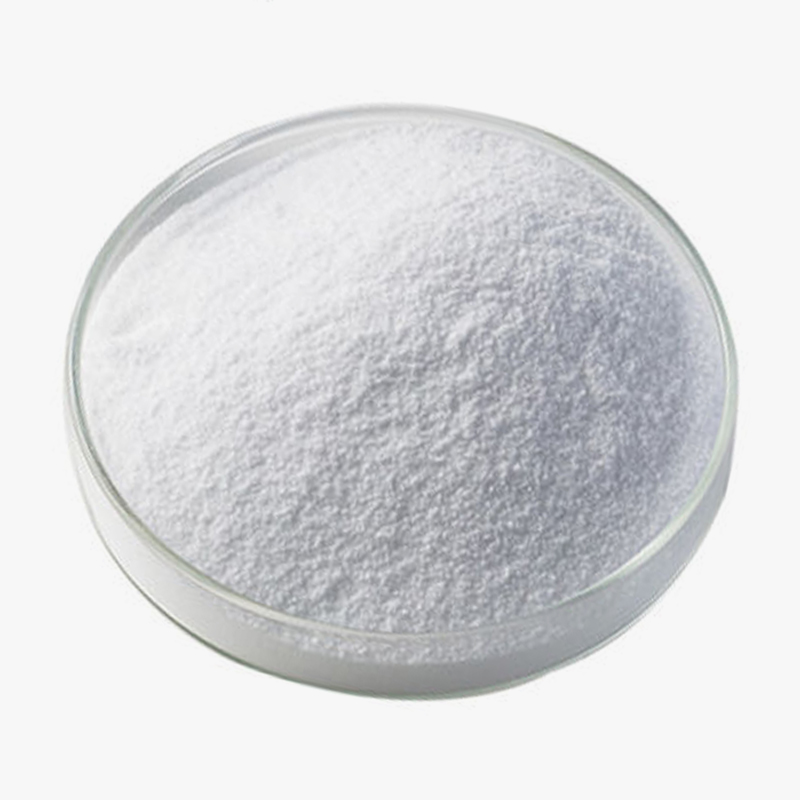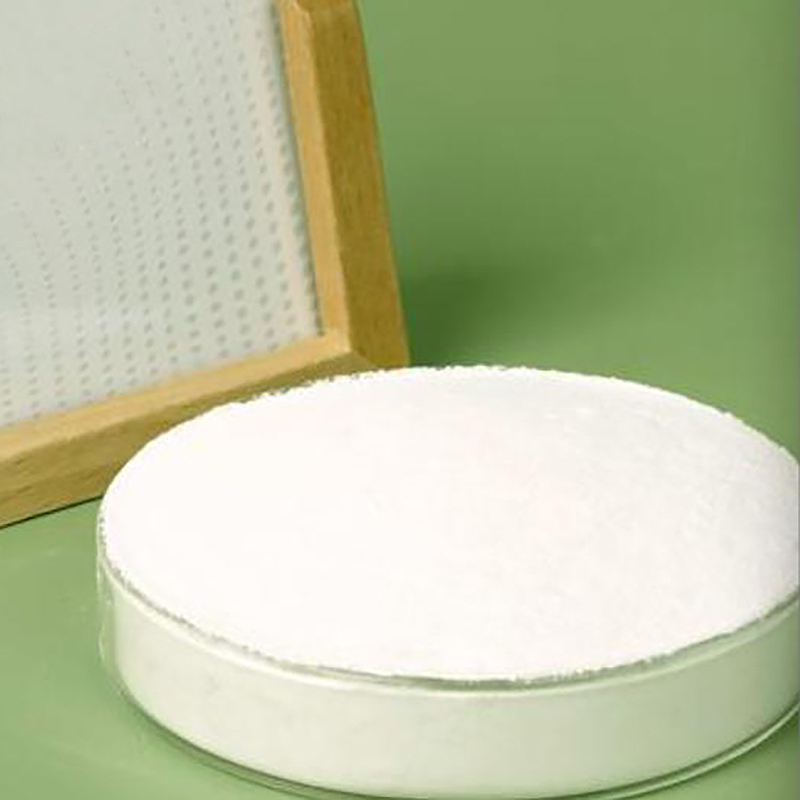Hydroxyethyl cellulose (HEC) is one of the most commonly used thickeners in water-based paints. Its dissolution process directly affects the performance of the final product. In actual production, about 30% of paint thickening problems are caused by improper HEC dissolution operations. By comparing the advantages and disadvantages of different dissolution methods and providing feasible operation specifications, it helps paint engineers to fundamentally solve technical problems such as uneven thickening and low efficiency.
Content
- 1 1. The fatal impact of HEC dissolution failure on the paint system
- 2 2. Professional dissolution method explained in detail step by step
- 3 3. Professional Storage Guide for Hydroxyethyl Cellulose (HEC) for Water-Based Coatings
- 4 4. The core role of hydroxyethyl cellulose (HEC) in water-based coatings
- 5 5.FAQ about Hydroxyethyl Cellulose (HEC) for Water-based Coatings
1. The fatal impact of HEC dissolution failure on the paint system
Common problems
"Fisheye" phenomenon: Incompletely dissolved HEC particles form transparent colloidal lumps
Low thickening efficiency: The measured viscosity is only 50-70% of the expected
Post-thickening fluctuations: Abnormal increase or decrease in viscosity during storage
Uneven dispersion: Striped flow marks appear on the paint (concentration gradient visible to the naked eye)
Failure mechanism analysis
Table: Causes and consequences of HEC dissolution failure
|
Failure type |
Microscopic mechanism |
Macroscopic impact |
Correction cost |
|
Surface gelation |
External layer quickly hydrates to form a barrier layer |
Internal dry powder cannot continue to dissolve |
Need to be re-grinded and filtered |
|
Local concentration is too high |
High viscosity micelles are formed in the feeding area |
Stirring cannot effectively disperse |
Extend the stirring time by 2-3 times |
|
Temperature runaway |
Dissolution heat causes local overheating (>40℃) |
HEC molecular chain breakage |
Batch raw materials need to be replaced |
|
Ion interference |
Ca²⁺/Mg²⁺ induces crosslinking |
The system produces irreversible gel |
The entire batch is scrapped |
2. Professional dissolution method explained in detail step by step
- Cold water dispersion method (recommended solution)
Applicable scenarios: small and medium-sized paint factories, laboratory research and development
Advantages: low equipment requirements, short time consumption (total time is about 1.5h)
Operation process:
Pretreatment stage
Warm the deionized water to 25-30℃ (strictly prohibited >35℃)
Add dispersant (such as 0.05-0.1% sodium hexametaphosphate)
Adjust pH to 7.5-8.5 (ammonia or AMP-95)
Processing points
After dissolution is completed, let it stand for 45 minutes
Sieve (200 mesh) to remove undispersed particles
Add fungicide (such as 1,2-benzisothiazolin-3-one)
- Presol method (special for high solid content system)
Applicable scenarios: high PVC coatings, thick paste products
Advantages: more thorough dissolution, suitable for high viscosity HEC
Key steps:
Prepare 2-3% presol (HEC: water = 1:40)
Mature at low speed (300-500rpm) for more than 4h
Use high shear (>5000rpm) for 3min before dilution
Final solid content adjustment needs to control the gradient (each increase or decrease ≤5%)
Note:
Store presol for no more than 48h (need to be refrigerated)
Avoid contact with cationic substances (will cause flocculation)
3. Professional Storage Guide for Hydroxyethyl Cellulose (HEC) for Water-Based Coatings
Hydroxyethyl Cellulose (HEC) is a key additive in water-based coating systems. Its storage conditions directly affect the product performance stability and use effect. Improper storage can cause HEC to agglomerate, degrade or be contaminated by microorganisms, which in turn causes problems such as coating thickening failure and viscosity fluctuation.
Temperature and humidity control standards
|
Parameters |
Ideal range |
Critical threshold |
Consequences of exceeding the standard |
|
Temperature |
10-25℃ |
>30℃ or <5℃ |
High temperature causes molecular chain breakage, low temperature causes condensation |
|
Relative humidity |
≤60%RH |
≥75%RH |
Hygroscopic agglomeration, loss of fluidity |
|
Temperature fluctuation |
±3℃/24h |
±5℃/24h |
Repeated moisture absorption-drying accelerates degradation |
Special instructions:
High temperature sensitive area: When the ambient temperature is >25℃, the hydroxyethyl group in the HEC molecule will accelerate oxidation, and the degradation rate will increase by 2-3 times for every 10℃ increase
Humidity control techniques: Use double-layer packaging + desiccant (silica gel dosage ≥10g/kg HEC)
Solutions to common problems
|
Problem phenomenon |
Cause analysis |
Emergency treatment measures |
Long-term improvement plan |
|
Agglomeration |
Moisture absorption or pressure |
Use after passing 40 mesh sieve |
Improve packaging sealing |
|
Color turns yellow |
Oxidation or high temperature |
Downgrade if the viscosity is qualified |
Control storage temperature ≤25℃ |
|
Odor |
Microbial contamination |
Immediately isolate the batch and sterilize |
Strengthen warehouse disinfection (sodium hypochlorite) |
|
Poor fluidity |
Static accumulation |
Add 0.1% fumed silica to improve |
Install ion fan |
4. The core role of hydroxyethyl cellulose (HEC) in water-based coatings
HEC achieves system thickening through the following three mechanisms:
- Hydration: Hydroxyl groups form a hydrogen bond network with water molecules (each glucose unit binds 12-15 water molecules)
- Molecular chain entanglement: High molecular weight HEC (such as 250,000Da) forms a three-dimensional network structure in solution
- Volume exclusion effect: Solvated molecular chains occupy a larger hydrodynamic volume
HEC gives the coating unique pseudoplastic fluid properties:
- At high shear rates (>1000s⁻¹): Viscosity drops rapidly, facilitating spraying
- At low shear rates (<1s⁻¹): Maintain high viscosity to prevent storage sedimentation
5.FAQ about Hydroxyethyl Cellulose (HEC) for Water-based Coatings
- Q1: What is hydroxyethyl cellulose (HEC)? What role does it play in water-based coatings?
HEC is a non-ionic water-soluble polymer made by reacting cellulose with ethylene oxide. It has multiple key functions:
Thickening effect: Forming a three-dimensional network structure to increase the viscosity of the system (1% solution viscosity can reach 30,000-100,000 mPa·s)
Suspension stability: Prevent pigments and fillers from settling and maintain color consistency
Water retention: Delay water evaporation and improve paint open time
Rheology regulation: Give the paint pseudoplasticity and balance construction leveling and anti-sagging
Film-forming aid: Enhance the continuity of the paint film and improve surface smoothness
- Q2: What are the correct ways to dissolve HEC?
Direct dispersion method (most commonly used):
Slowly sift in HEC powder under high-speed stirring (800-1200rpm)
Dissolution temperature is controlled at 25-30℃ (high temperature will cause degradation)
Presol method:
First prepare 2-3% mother liquor, mature for 4 hours before diluting
Porridge method:
Pre-swell with ethylene glycol/water (6:1), then add to the system
Key points: Avoid the following during the dissolution process:
Pour directly into the agglomerate (a sieve should be used)
Add at the same time with high concentration electrolytes
Environment with pH <2 or >12
- Q3: What may be the reason for the decrease in viscosity after the coating is stored?
HEC degradation:
Microbial contamination (add 0.1% fungicide)
High temperature storage (>40℃)
Electrolyte influence:
Avoid direct contact with salts such as CaCl₂
Use salt-resistant HEC (DS>2.0) instead

 简体中文
简体中文 English
English русский
русский عربى
عربى Español
Español










